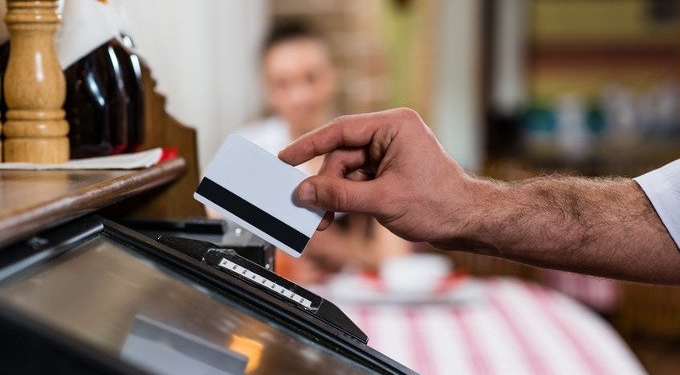
Businesses that enable their customers with credit card payments strengthen their market position. After all, research has shown that shop visitors are inclined to cancel their purchases if their preferred payment option is not offered to them. Anyone who offers the possibility of credit card payment opens up a new door for customers. A merchant account, usually provided by banks and other financial institutions, processes electronic payments by transferring funds between the customer and merchant banks. MyPaymentSavvy provides a merchant account service that can boost your business. But how? We have listed the 7 steps you need to follow to successfully open a merchant account.
You need a Business bank account
Whether you are a sole trader or a joint venture, you’ll need a business account before you open a merchant account for your business. Opening a business account is not that difficult. All you need to do is to visit the local branch of the bank that you want to open your bank account in. You are required to have your business license and your EIN (Employee Identification Number) to open your business account. If you don't have EIN, you can apply for it through the IRS website and receive it instantly. You EIN is your social security number if you are a sole proprietor with zero employees.
All incoming funds will be credited to this business account, and the transaction fee will be debited from this same account. If you wish the transaction fee to be debited from another account, you have to request it in advance. You can also create two separate debit and credit account at the time of creating a business account.
A Business License
If you are an unregistered business enterprise, it is impossible for you to create a merchant account. Banks or financial institutions will ask you for your business license to open a merchant account for you. To validate your business, Merchant account underwriters review your business and file a copy of your license to the responsible department of the government of your country. So, if you haven’t registered your business yet, you should do it immediately.
Fill in the application form
You have to fill in an application form provided by the merchant account service provider to open your merchant account. Many service providers use an online application form to save their customers from the distress of FAX and email. You have to provide your business and banking details. Business start day, bank account number, a tax ID (EIN), estimates of funds transfer (monthly or annually), contact information, information of the authorized signer, etc. should be filled in the form.
Choose the type of merchant account
Depending on the type of your business, merchant accounts can be divided into 5 types namely retail merchant accounts, eCommerce, mobile merchant accounts, telephone merchant accounts, and mail order merchant accounts. For a retail store operating in more than one location, retail merchant accounts are the best since it offers several credit card terminals for a single account. If you are working online and do not have a physical location, an eCommerce or Internet merchant account is the right choice for you. Choosing the right account for your business is the most important step. On the application form, you will be required to select the types of payment that you would like to accept.
Note that if you have bad credit, you can still get a merchant account here: bad credit merchant accounts.
Submit the supporting documents
Merchant Account underwriters may ask for supporting documents to open your account. Usually, the greater the amount the account holder wants to transact, the more paper documents are required by the service provider. If your monthly business transaction is around a couple thousand dollars, the underwriter may ask you to submit a voided check or any marketing material that can prove that you are actively conducting your business. However, if the transaction is larger in amounts, they may ask you to submit balance sheets, financial statements, or even a profit and loss statements of 2-3 business years.
Finishing up
After completing your merchant account application and submitting the required documents, the underwriter will verify the documents, and within hours or a business day, your account will be created. Since staffs operate under normal banking hours, submitting documents later in the day might delay your work since applications submitted later are viewed in the next business day.
Your first transaction
Now you’re ready to use your merchant account. For every transaction made through your account, the service provider will charge a fee. The fee might vary depending on the payment type. If you accept payment through the ACH processor, a flat transaction rate is charged. If you are accepting payment through credit and debit cards, you may have to pay a flat transaction fee plus some additional percentage fee. Credit card fees may also vary depending on the card and payment method. As such, as a business owner, you are better off if your customer agrees to pay via ACH processor. You can save the additional fee that you would have paid if the transaction was done through a credit card.











